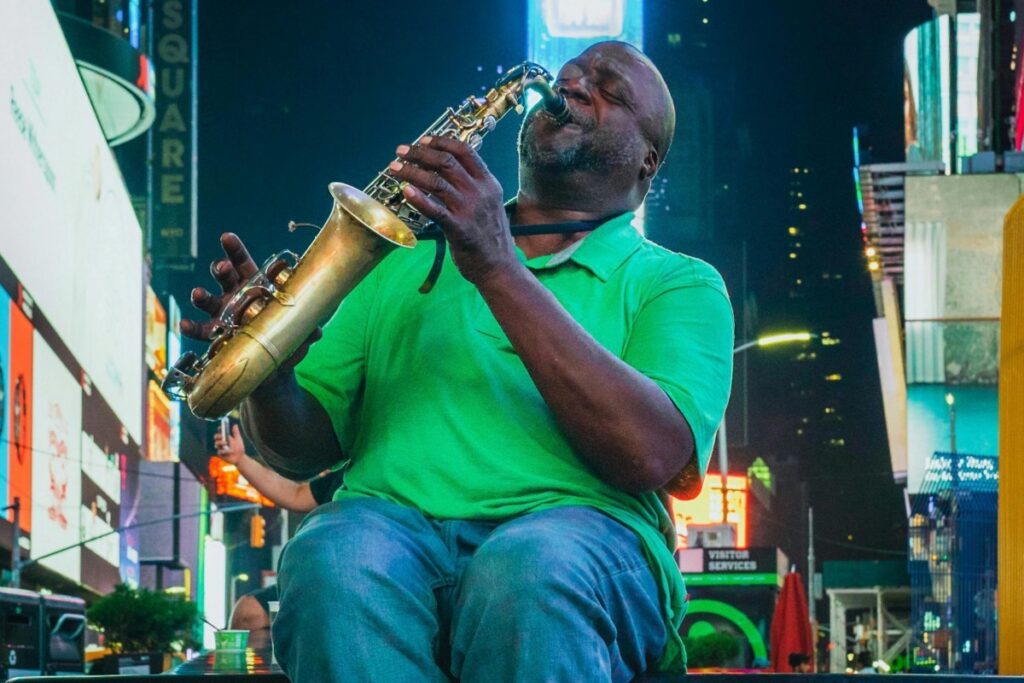If you’re an Aussie advertiser or content creator looking to tap into the bustling China YouTube scene, knowing the 2025 advertising rates across all categories is mission-critical. China’s digital landscape is unique, but with BaoLiba’s insights, you’ll get a fair dinkum snapshot tailored for the Australian market — from how social media plays into influencer collabs to payment methods and legal quirks.
As of early 2025, Australia’s marketers are pushing hard into global platforms, and YouTube remains a top dog for social media advertising. But China’s YouTube ecosystem, though similar on the surface, comes with its own set of rate cards and rules. Let’s break it down so you don’t get caught flat-footed when negotiating or budgeting.
📢 Advertising Rates on China YouTube in 2025
China’s YouTube advertising rates vary widely by category, influencer reach, and campaign type. Here’s the lowdown for Aussie advertisers:
- Gaming & Tech: AUD 1,200–3,500 per sponsored video. Aussie tech brands like JB Hi-Fi are already eyeing creators like “Dian Gaming” to crack China’s young gamers.
- Beauty & Fashion: AUD 1,000–2,800 per video. Influencers like “Mei Mei Style” command top dollar, and local Aussie brands are keen to collaborate for product launches.
- Food & Beverage: AUD 900–2,500 per video. Think bubble tea brands or Aussie wine labels wanting a slice of China’s foodie crowd.
- Lifestyle & Travel: AUD 800–2,000. Great for Aussie travel operators promoting tours or local experiences to Chinese travellers.
- Education & Self-Improvement: AUD 1,100–3,000. This niche is booming with demand for language learning and career skills content.
These rates reflect a mix of CPM (cost per mille), flat fees, and performance-based deals. Typically, Aussie advertisers pay in AUD via platforms like PayPal or direct bank transfer, factoring in currency conversion and local tax regulations.
💡 How Aussie Advertisers Work With China YouTubers
Social media partnerships in Australia are all about transparency and compliance, especially with the ACCC (Australian Competition and Consumer Commission) cracking down on dodgy influencer marketing. When working with Chinese YouTubers, it’s no different. You want clear contracts spelling out deliverables, disclosure requirements, and payment terms.
Platforms like BaoLiba simplify this by offering a vetted network of Chinese creators and handling payment logistics. Aussie brands such as Bunnings and Cotton On have started using these services to ensure their campaigns hit the mark without legal headaches.
📊 Recent Trends in Australia’s Social Media Advertising Landscape
In the last six months, Australia’s marketing scene has ramped up its spending on international influencer campaigns, particularly on YouTube. With travel restrictions easing, Aussie tourism boards are collaborating with Chinese YouTubers to revive inbound tourism. This shift has pushed average advertising rates up by 10-15% due to rising demand.
Local creators like “Melbourne Munchies” have even started cross-posting content targeting Chinese audiences, showing the merging of markets. Australia’s legal framework around digital advertising is also tightening, meaning advertisers need to be on the ball with disclosures and privacy laws when working offshore.
❗ Important Legal and Cultural Considerations
Australia’s advertising laws require clear influencer disclosures — this applies when working with China’s YouTubers as well. Plus, payment processes must comply with Australia’s anti-money laundering standards. Aussie dollar payments are preferred, but always confirm currency exchange rates to avoid budget blowouts.
Culturally, Chinese YouTubers tend to favour storytelling and high production values, which means campaigns might need more upfront investment compared to local Aussie creators. Knowing your audience and working with creators who understand both markets is key.
### People Also Ask
What is the typical cost of advertising with Chinese YouTubers for Australian brands in 2025?
Typical costs range from AUD 800 to AUD 3,500 per sponsored video depending on the category. Gaming and tech usually command the highest rates, while lifestyle and travel are on the lower end.
How do Australian advertisers pay Chinese YouTubers?
Payments are mostly done in Australian dollars via PayPal or bank transfers, often managed through platforms like BaoLiba to ensure compliance and smooth transactions.
Are there any legal requirements for Australian advertisers working with Chinese influencers?
Yes, Australian laws require clear advertising disclosures and compliance with privacy and anti-money laundering regulations. Contracts should be watertight to avoid any breaches.
Final Thoughts
If you’re serious about cracking China’s YouTube market in 2025, understanding the all-category advertising rate card from an Aussie perspective is non-negotiable. Keep an eye on evolving social media trends, legal frameworks, and cultural nuances to craft campaigns that truly hit home.
BaoLiba will keep updating Australia’s influencer marketing trends, so stay tuned and follow us for the latest intel on global digital advertising.


